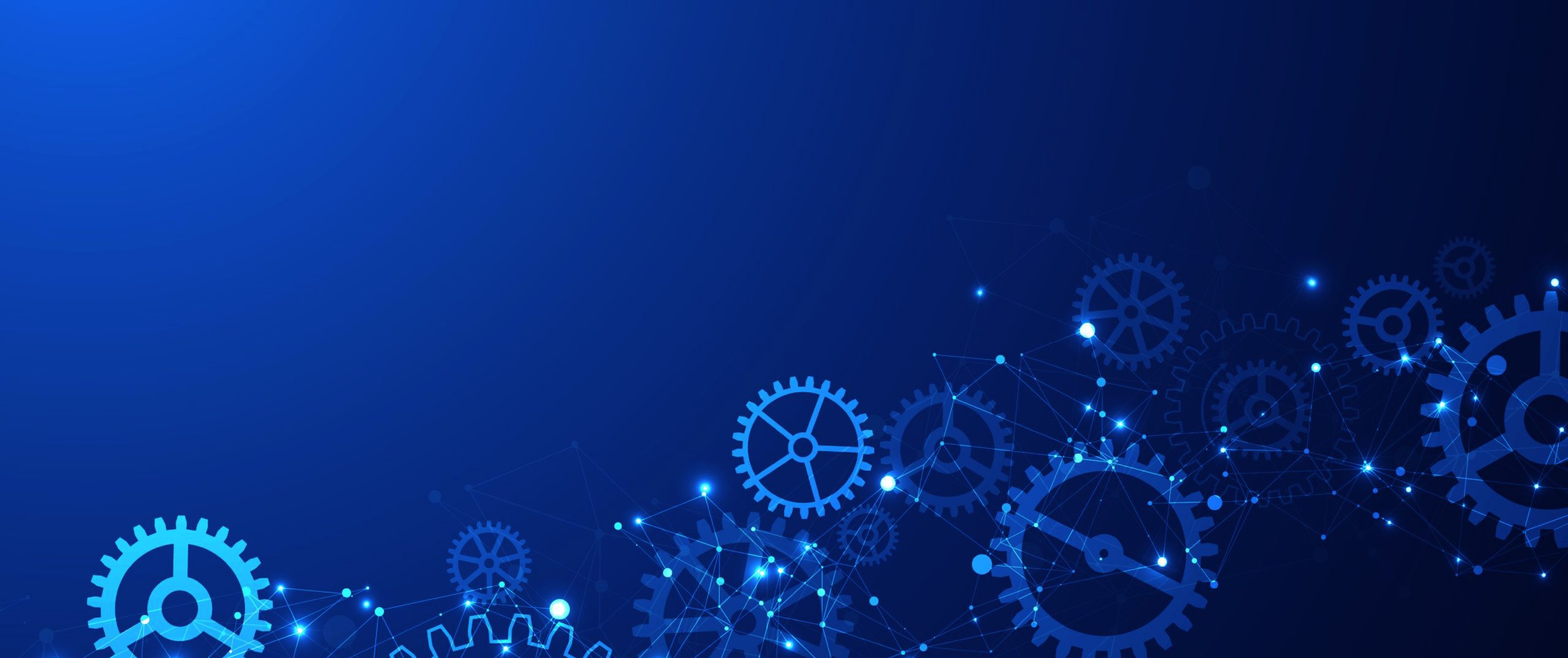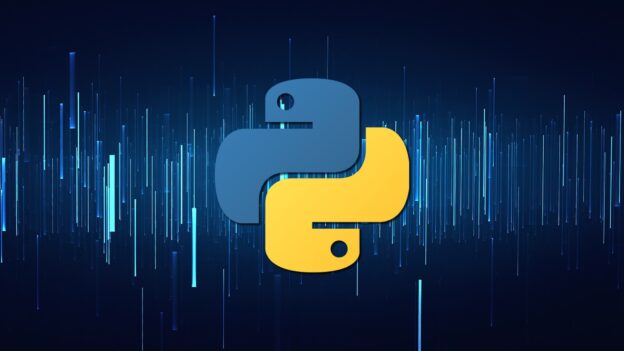4 hours of instruction
In this course, learners will prepare data for, implement, and optimize three advanced clustering models in Python while comparing their different use cases. In particular, this course focuses on the suitability of different clustering methods for different kinds of data: numerical, categorical, and mixed. Learners will distinguish between K-modes, mean-shift, and K-prototypes models, developing their understanding of when each model will best meet their needs.
OBJECTIVES
- Mine data to find latent patterns and groups on categorical data using K-Modes, mean-shift and K-Prototypes
- Evaluate the accuracy and effectiveness of the models
- Identify use case of each of the clustering methods
PREREQUISITES
Learners must be comfortable using Python to manipulate data, must know how to create basic visualizations and should have moderate background on how clustering works and it’s use cases.
SYLLABUS & TOPICS COVERED
- K-modes
- K-modes use cases and theory
- Implementation of K-modes on a dataset
- Mean-shift
- Mean-shift use cases and theory
- Implementation of Mean-shift on a dataset
- K-prototypes
- K-prototypes use cases and theory
- Implementation of K-prototypes on a dataset
SOFTWARE REQUIREMENTS
You will have access to a Python-based JupyterHub environment for this course. No additional download or installation is required.

